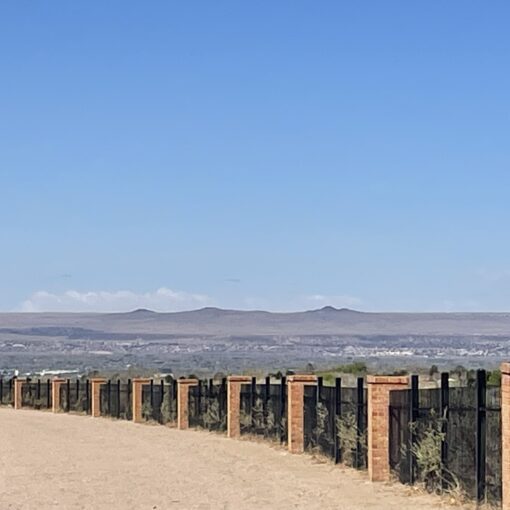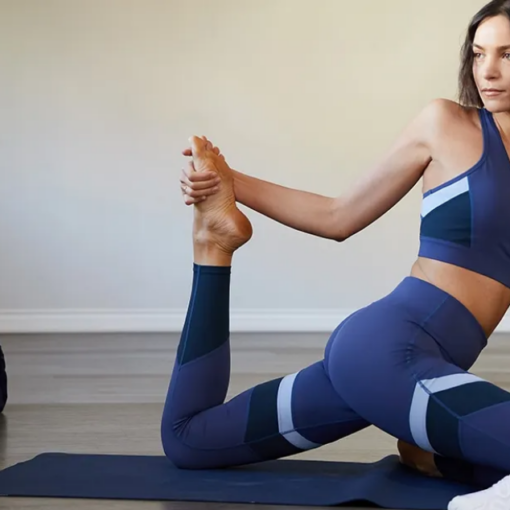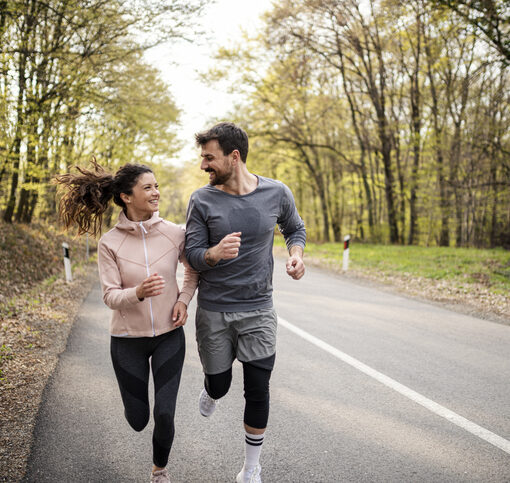Running in the heat boosts your fitness by conditioning your cardiovascular system and improving your body’s ability to cool itself. In this article by Elizabeth Millard on BODi Fitness, she discusses how to properly prepare for running in the summer’s heat and what to look out for in case you experience heat issues.
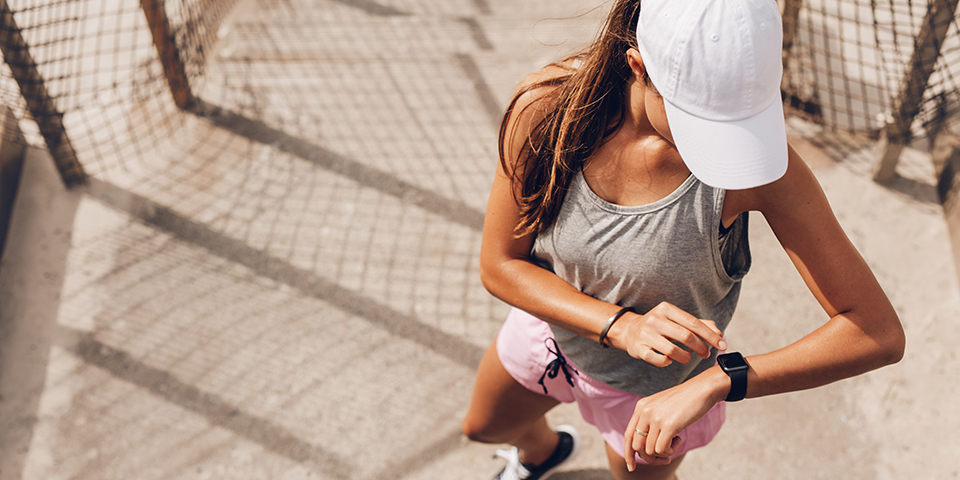
In most of the world, runners have to log miles in weather that’s less than perfect from time to time.
Whether you are preparing to take on 30 Day Breakaway (available in the BODi Library, training for your 10th marathon, or just getting started as a runner, it’s a great idea to make sure you can handle warm (or even hot) weather.
The best strategy is to plan in advance, instead of trying to adjust in the moment.
By putting the right elements in place, you can handle the heat much better, and enjoy the effort.
Here are eight helpful tips for running in the heat.
1. Plan a Shady Route at the Right Time
Running across a seemingly endless expanse of asphalt in the middle of the afternoon is brutal on a hot day.
That’s why it’s best to run early in the morning or in the early evening and think about your route, says Idalis Velazquez, Beachbody Super Trainer and track-and-field athlete.
Choosing a park or tree-lined path will help you begin to acclimate to the heat, especially in your first week of 30 Day Breakaway (available in the BODi Library, a running program led by Velazquez that combines fast and effective resistance workouts with interval run training.
2. Choose Your Socks Wisely
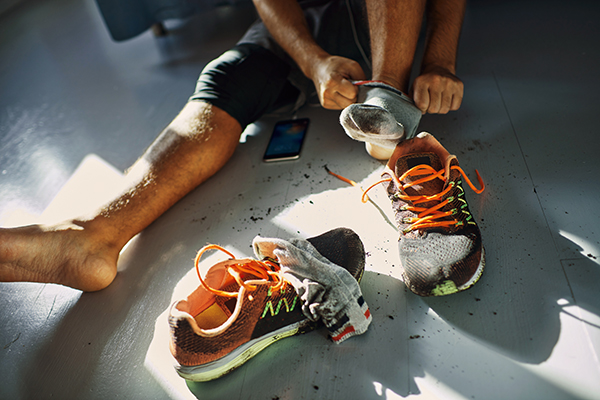
Proper socks do more than keep your feet from getting sweaty. They can affect the temperature of your whole body, says personal trainer and running coach Ben Walker, founder of Anywhere Fitness.
“Start from the bottom up when choosing your running outfit,” he advises. “Running socks are made from synthetic fibers that can wick moisture more easily and stop the buildup of fluid. That can prevent your feet from overheating, which makes your body feel cooler.”
He adds that these socks also offer compression, an important blister-prevention tactic.
3. Always Think Moisture-Wicking
Similar to your socks, your shirt and shorts should be the type designed for exercise in hot weather as well, Walker says.
Cotton is the worst choice since it retains moisture. Wearing drenched cotton clothes makes it harder to cool down, and they become heavier as you sweat.
“This slight increase of being weighed down during activity can have a negative impact on an athlete’s performance,” he says.
4. Hydration, Hydration, Hydration
One of the keys to a successful workout is drinking enough liquid before and during exercise, says Velazquez. That’s true for any activity and any season — but it’s especially important on warm and hot days.
“Your body needs to be well-hydrated before you start exercising,” she says. “Don’t wait until you’re thirsty to drink. A feeling of thirst is already an indication of a loss of 1% of your body’s liquids, which is equivalent to a 10% loss in physical ability.”
In addition to drinking water about every 10 minutes, she suggests making up for lost electrolytes with a sports drink such as Beachbody Performance Hydrate.
5. Wear a Hat
A hat can seem almost like an afterthought for your running outfit, yet this accessory is crucial, says Velazquez.
Like your socks, shorts, and shirt, choose a cap that’s designed to wick sweat rather than a standard baseball cap.
A hat with a brim not only helps with temperature regulation, but it can also be part of your sun protection.
Pair it with some sunscreen with a high SPF — at least 30 — and carry some with you if you’re going on a long run and you know you’ll sweat it off.
6. Skip Some (But Not All) Outdoor Runs
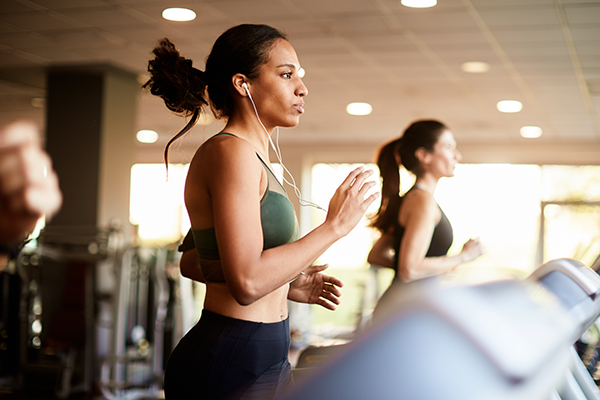
If you really struggle with the heat, consider running indoors on a treadmill.
But if running in the heat is simply new and uncomfortable, the better plan would be to acclimatize yourself with easier runs.
Walker suggests aiming for about 60% effort instead of going all-out at first, which will let you adjust to warmer running conditions over time.
Of course, it can get too hot to run outside, Velazquez advises. She suggests rethinking your run if the heat is above 98.6 degrees and humidity is above 70% to 80%.
At that level of humidity, it’s difficult for your sweat to evaporate, which can cause overheating.
7. Consult Your Doctor
If you have any conditions that may not pair well with running in the heat — like heart and/or respiratory issues, including asthma and seasonal allergies — talk with your doctor about precautions, Velazquez suggests.
In some cases, you should consider running indoors to avoid potential heat-related problems.
8. Know the Signs of Heat Issues
The final of our tips for running in the heat is also the most important. Heat exhaustion and heat stroke can have serious consequences for your health, so it’s important to know the warning signs for both.
Watch for these issues:
- nausea
- dizziness
- headaches
- disorientation
- sudden fatigue
- muscle cramps
- sweating that’s heavier than your workout seems to warrant.
Also, if you have cool, moist skin with goosebumps even in the heat, it’s time to take a break and seek help.
If you’re cleared to run outside, start by making a plan for warm-to-hot weather and gather the right kind of gear.
Stay cool and get running!
Running in the Heat: Surviving (and Thriving) When the Pavement Sizzles
Summer running is a love-hate relationship. The sun is shining, the skies are clear, and the roads are calling — but so is the heat. And if you’ve ever felt like you were melting halfway through a run, you’re not alone.
Here’s how to make the most of your miles when the temperature climbs:
1. Respect the Heat (It Doesn’t Care About Your PR)
Let’s get this straight: heat affects performance. Your heart works harder, you sweat more, and your perceived effort skyrockets. And that’s okay. It’s not weakness — it’s science. Adjust your pace and give yourself grace. Running slower doesn’t mean you’re not working just as hard.
2. Timing Is Everything
Early mornings or late evenings are your best friends. Aim to run before the sun hits its stride, or after it starts to dip. Shade is your secret weapon.
3. Hydrate Like It’s Your Job
Start hydrating well before your run — not just five minutes before lacing up. Water is good, but electrolytes are better when you’re sweating buckets. If you’re heading out for more than 45 minutes, bring something to sip on.
4. Dress for the Sweatfest
Lightweight, moisture-wicking gear is a must. Go for light colors, a good hat or visor, and don’t forget sunscreen. Chafing? Slather on some anti-chafe balm. Your skin will thank you.
5. Listen to Your Body
Headache, dizziness, chills, or goosebumps? Those are red flags. Heat exhaustion (or worse) isn’t worth one more mile. If your body says stop — stop.
6. Modify the Mission
There’s no shame in swapping a run for a treadmill session, cross-training indoors, or doing intervals instead of a long slog. Adapt. Be flexible. Consistency beats perfection every time.
Bonus: Heat Training Perks
Silver lining? Running in the heat actually boosts your fitness. It conditions your cardiovascular system and improves your body’s ability to cool itself. So yeah — it’s hard. But it makes you stronger.
Running in the heat isn’t about crushing every run — it’s about showing up, adjusting, and staying safe. The sweat is real, but so are the gains.

